The Most Amazing Science Images of the Week
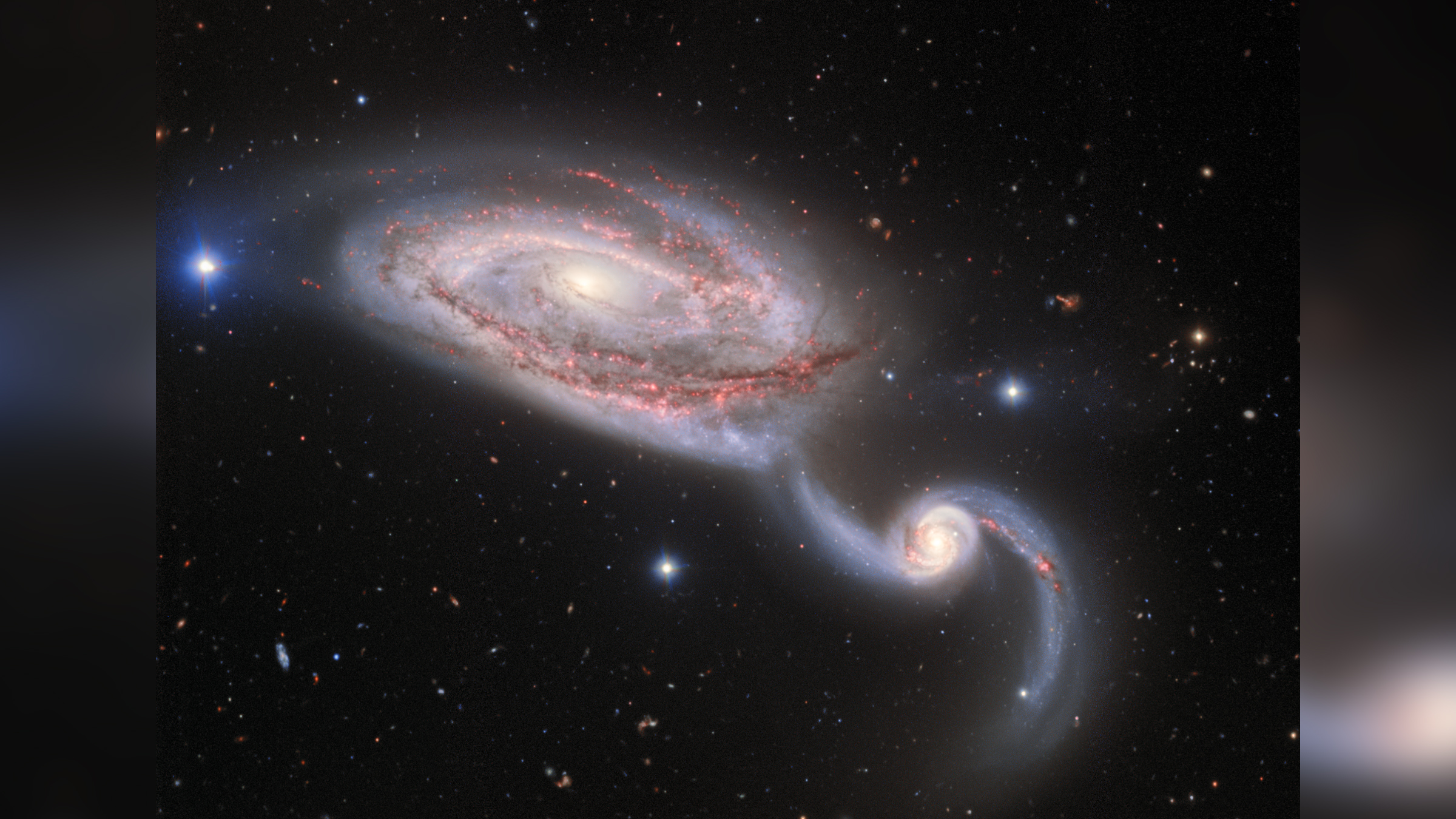
Cosmic waltz
The Gemini Observatory captured one of the most graceful and glorious of cosmic duos in the universe: A pair of galaxies some 160 million light-years away called NGC 5394/5 or the Heron Galaxy. In the image, the galaxies are in a sort of waltz, and as they collide, they leave sparkling trails as evidence that stars are forming due to the partners' close moves. Both of these spiral galaxies lie in the constellation Canes: The larger galaxy on the left is about 140,000 light-years across, while the smaller one is 90,000 light-years across.
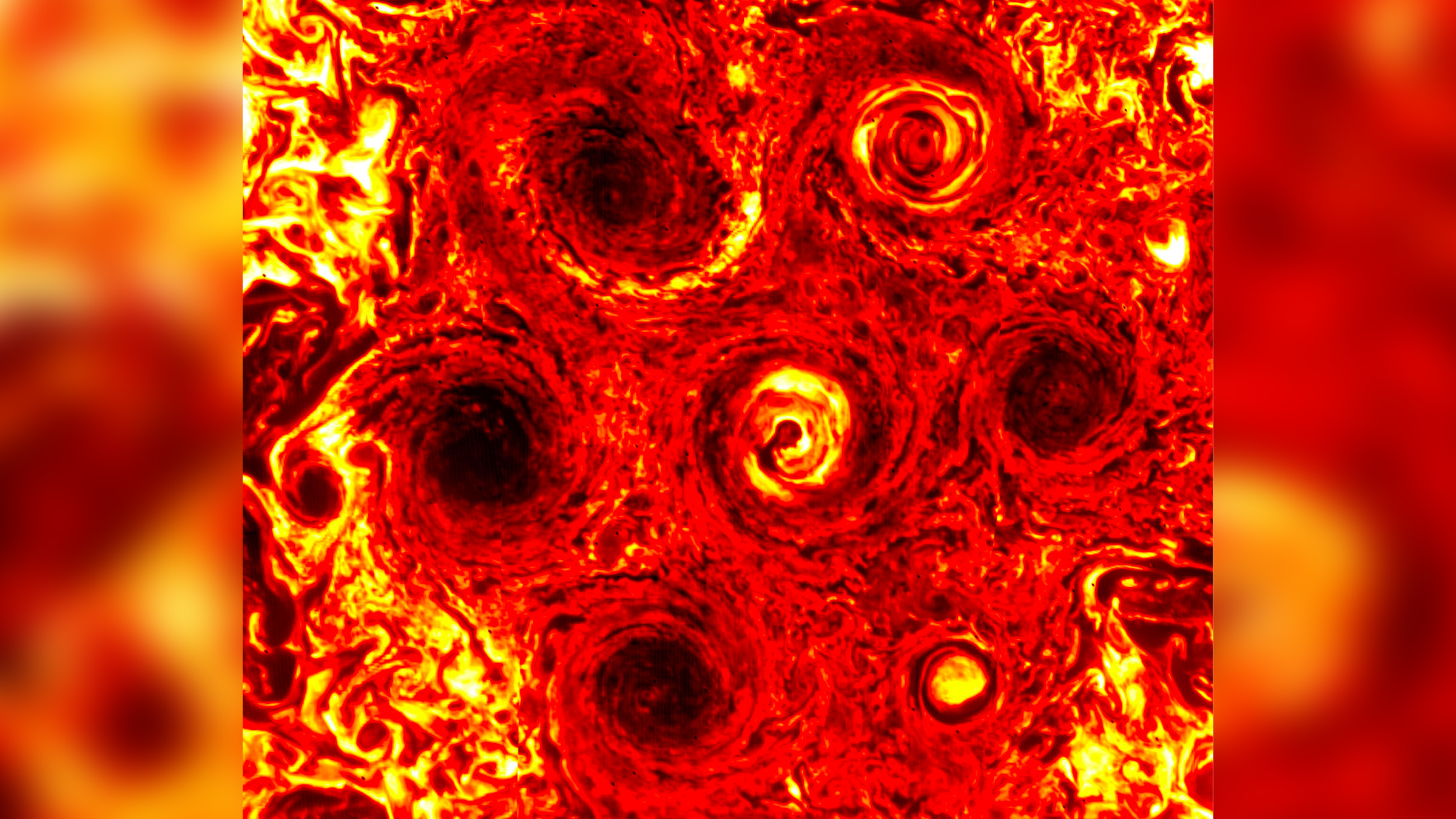
Swirling storms
During its 22nd flyby of Jupiter, the Juno spacecraft discovered a new tempest at the gas giant's south pole. While the flyby was quite a nail-bitter as the solar-powered craft needed to avoid flying into a death trap (a huge shadow where no sun power would be available), the trip revealed a new whirling storm. The storm is part of a cool-looking formation, where six swirling storms are arranged around another, giant one that's as wide as the United States. Before now, scientists had known about the five storms whirling around a center.
"Data from Juno's Jovian Infrared Auroral Mapper [JIRAM] instrument indicates we went from a pentagon of cyclones surrounding one at the center to a hexagonal arrangement," Alessandro Mura, a Juno co-investigator at the National Institute for Astrophysics in Rome, said in a NASA statement. "This new addition is smaller in stature than its six more established cyclonic brothers: It's about the size of Texas. Maybe JIRAM data from future flybys will show the cyclone growing to the same size as its neighbors."
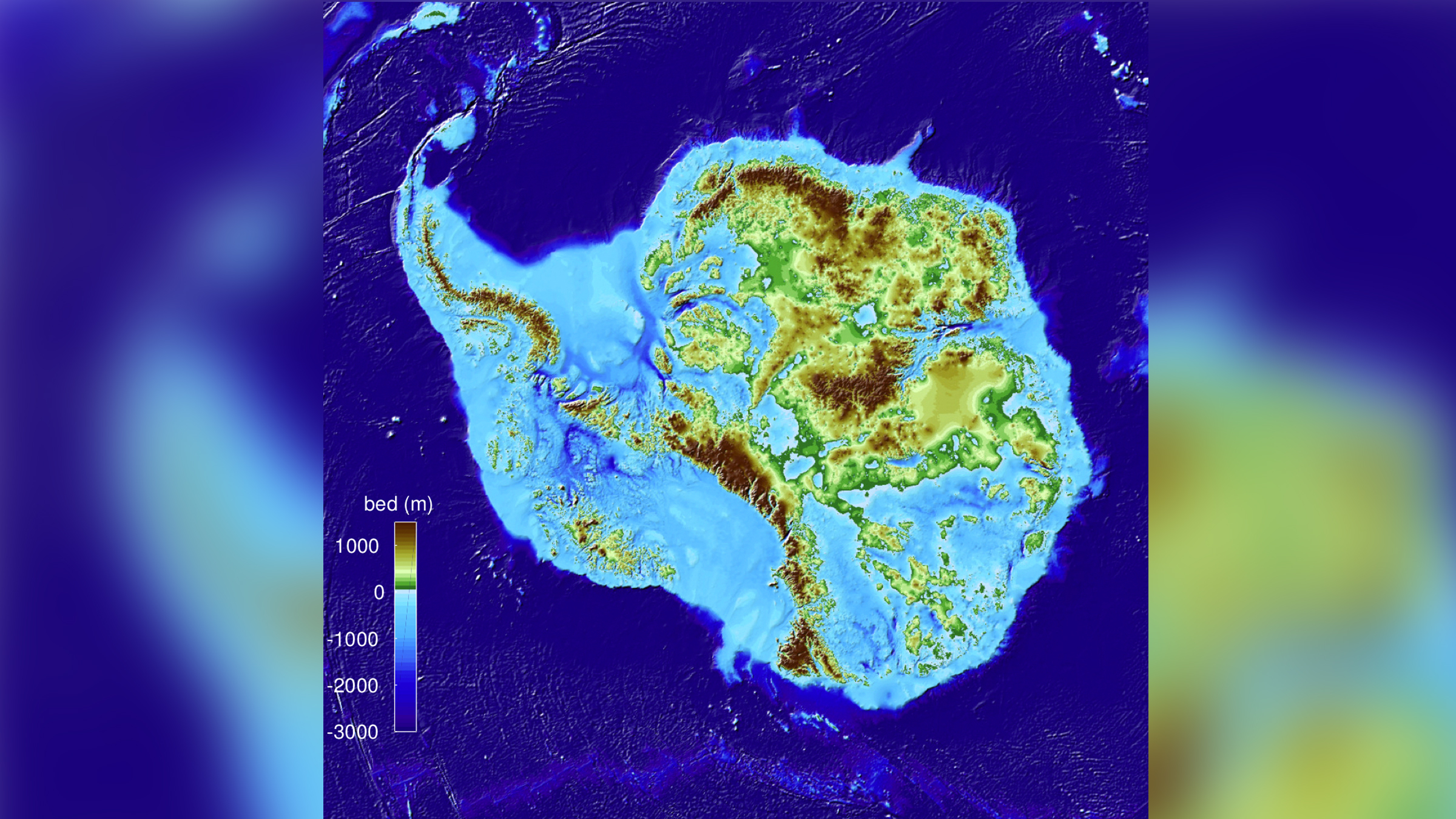
Amazing Antarctica
Glaciologists unveiled the most accurate image showing the contours of the land beneath Antarctica's ice sheet. The results are more than pretty; the portrait should help scientists figure out which regions will be more, or less, susceptible to global warming. The map has also divulged some of the southernmost continent's secrets. For instance, scientists found ridges that protect the ice flowing across the Transantarctic Mountains, they said in a statement.
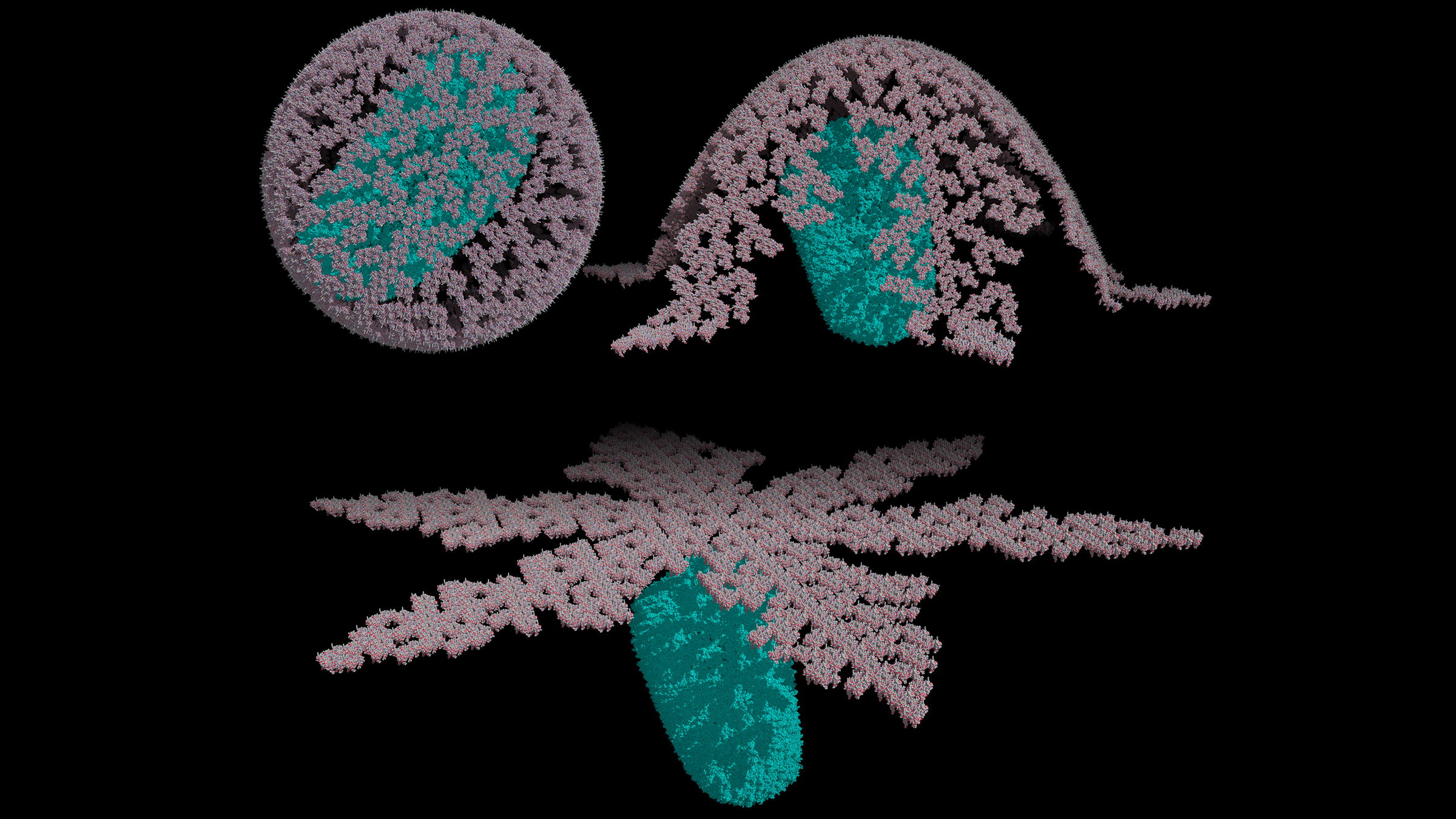
Beautiful but deadly
Research out this week suggests the shell of HIV-1 is shaped differently than previously thought. Now, scientists are saying the virus particles are enclosed in a spherical matrix and when the virus infects healthy cells, that spherical shell fuses to the outside of those targeted cells. Then, the shell releases the viral capsid inside to attack the healthy cell. The proposed shape is beautiful yet intimidating.
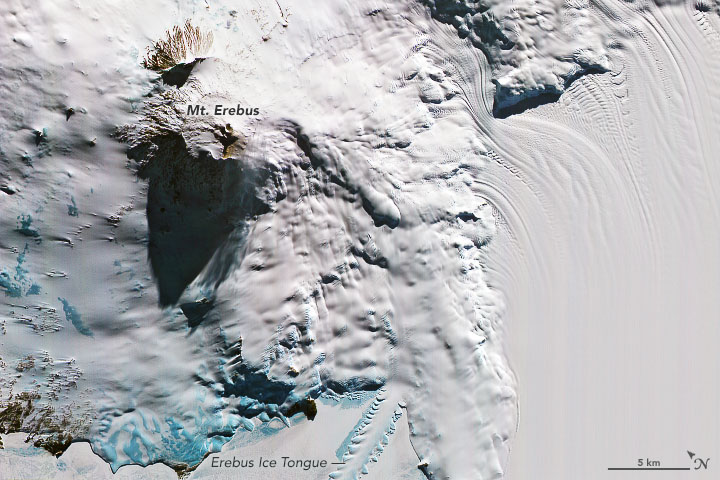
Rising from the ice
This week, NASA's Earth Observatory released a gorgeous image of Mount Erebus, protruding from the endless white that is Antarctica. While most of the continent is blanked in our planet's largest single slab of ice, this volcano makes itself known — its summit reaches an elevation of 12,448 feet (3,794 meters) — on Ross Island. Instruments aboard NASA's Terra satellite captured this image, which also shows the Erebus Ice Tongue, a fast-flowing strip of ice that cuts into McMurdo Sound.

Poor chick
In the "brutal" category of "amazing science images," this shot shows evidence of an alarming behavior in invasive mice on Gough Island in the South Atlantic. The mice are attacking and devouring alive albatross chicks. New evidence reported this week suggests the mice are perhaps getting bolder: They are attacking adult albatross, threatening the island's population of the critically endangered birds called Tristan albatross (Diomedea dabbenena).

Chasing Steve
A new documentary reveals the behind-the-scenes story of an oddball sky glow endearingly named "Steve" that was first spotted over Canada in 2016 — to the delight of aurora chasers and skywatchers alike. Steve resembled typical aurora in some ways, but its ribbons and ladders of purple and green light were shaped differently than those of other aurora. The documentary, “Chasing Steve,” is currently available to view in Canada on Vimeo, and it will soon be available to rent or purchase in the U.S. via the film's website.

Penis fish
Thousands of plump, pink, 10-inch-long blobs washed ashore in California, flopping across Drakes Beach, north of San Francisco. The homeless penis fish — which are neither a penis nor a fish — are types of marine worms native only to a section of Pacific Coast. What caused the penis fish to strand? Though nobody knows for sure, one biologist suggested they were evicted from their cozy burrows by strong storms, leaving them strewn across the beach.
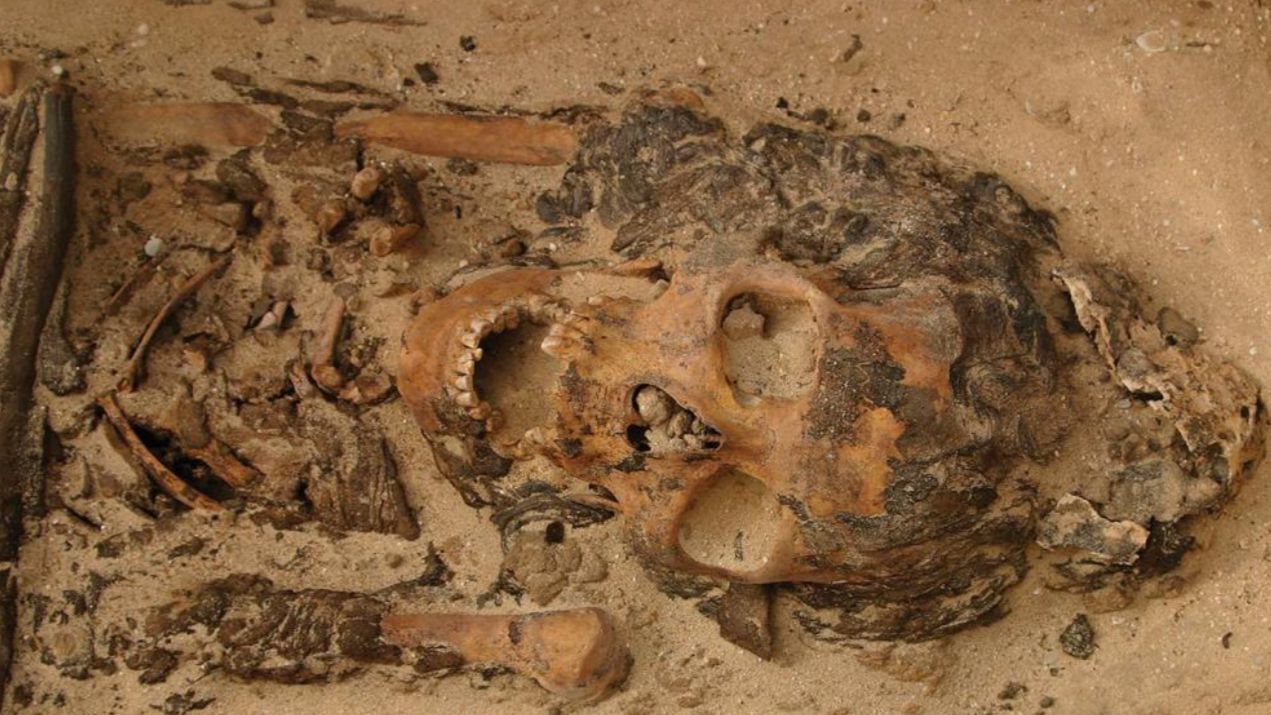
Wearing a head cone
The remains of an ancient Egyptian woman wearing a head cone made of beeswax were found at the Egyptian site of Amarna. The 3,300-year-old burial suggests that people actually did wear the iconic headgear depicted in images dating back to between 1550 B.C. and 30 B.C. The women shown in the image was between 20 and 29 years of age when she died; she had long, thick braids with extensions and “end curls,” the researchers noted in the journal Antiquity.
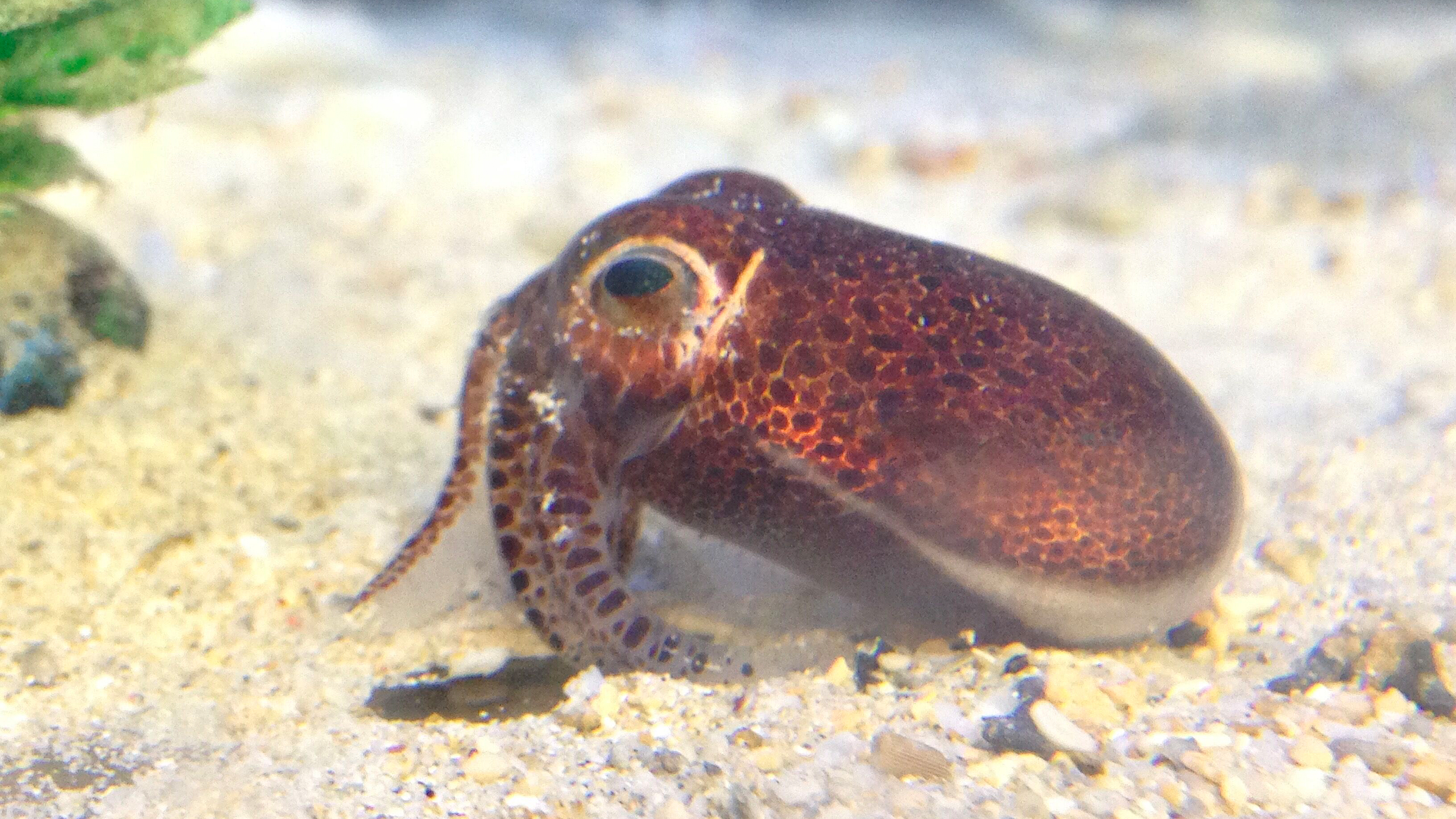
Cute bobtail
A new species of bobtail squid came out of hiding in the waters of Okinawa, scientists reported this week. Unlike other squid, bobtails have rounded or “bobbed” rear-ends, which, according to the researchers, has earned them the “dumpling squid” nickname. Bobtail squids like this one — named Euprymna brenneri — conceal themselves under sand during the day, the researchers said in a statement. They also have a symbiotic relationship with glowing bacteria that hide out in a pouch-like organ on the squid’s underside, the researchers said.

Searching for meteorites
Scientists are now scouring the remote Antarctic ice cap for signs of rare iron meteorites that could hold secrets to the history of our solar system. To spot the meteorites, since they are chock full of iron, the researchers are using two specialized arrays of metal detectors, towed by snowmobiles during a six-week expedition.
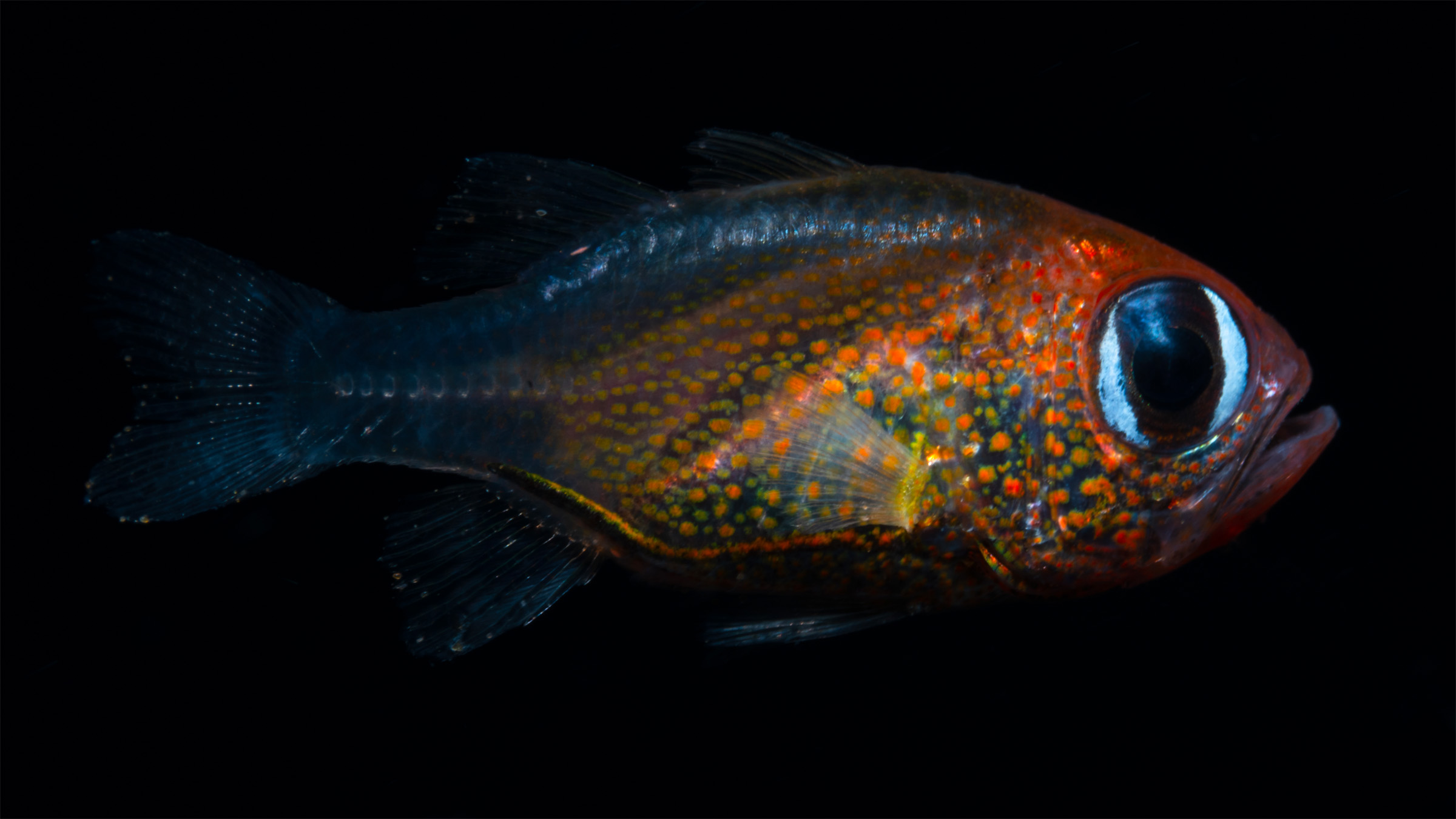
Scientists have discovered what may be the oldest known examples of rock art. Cave paintings uncovered in Leang Bulu' Sipong in Indonesia show a hunting scene of part-animal, part-human figures called therianthrope (one such figure shown here) wearing animal snouts and tails. Those therianthropes are shown hunting wild pigs and dwarf buffaloes. The artwork dates back some 44,000 years, suggesting humans were able to imagine the existence of supernatural beings long ago.
Glaciologists unveiled the most accurate image showing the contours of the land beneath Antarctica's ice sheet. The results are more than pretty; the portrait should help scientists figure out which regions will be more, or less, susceptible to global warming. The map has also divulged some of the southernmost continent's secrets. For instance, scientists found ridges that protect the ice flowing across the Transantarctic Mountains, they said in a statement.
Jeanna Bryner is managing editor of Scientific American. Previously she was editor in chief of Live Science and, prior to that, an editor at Scholastic's Science World magazine. Bryner has an English degree from Salisbury University, a master's degree in biogeochemistry and environmental sciences from the University of Maryland and a graduate science journalism degree from New York University. She has worked as a biologist in Florida, where she monitored wetlands and did field surveys for endangered species, including the gorgeous Florida Scrub Jay. She also received an ocean sciences journalism fellowship from the Woods Hole Oceanographic Institution. She is a firm believer that science is for everyone and that just about everything can be viewed through the lens of science.










